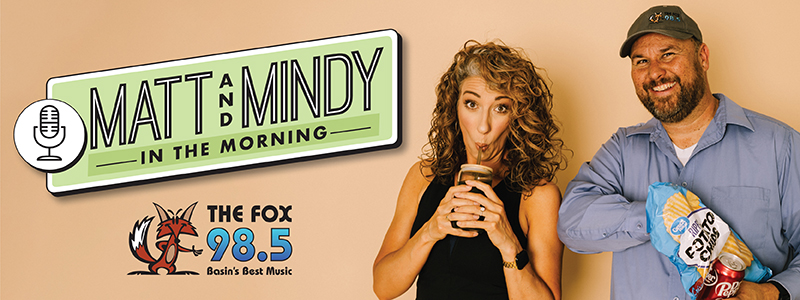Individuals might wonder why the DWR requests that hunters submit a lower incisor (a front, middle tooth from the bottom jaw) of elk, mule deer, pronghorn, moose, mountain goat or bighorn sheep from a limited-entry or once-in-a-lifetime hunt. This request helps generate vital data that more accurately and effectively manages healthy animal populations in Utah. Submitted teeth get sent to Matson’s Laboratory in Montana. At the lab, “the tooth is cut horizontally and a very thin cross-sectional slice is placed on a slide, then viewed through a microscope. The tooth cross section will show a bunch of dark circles or rings, like rings in the trunk of a tree. Each dark ring represents a period of nutritional stress corresponding to winter forage scarcity. Counting each “winter ring” gives us a count of how many years the animal has lived.” The data gathered influence how many permits get issued. Matson’s Lab shared these tips for collecting the best samples. Teeth are most easily extracted from a freshly harvested animal, either in the field or as soon as you get home. Don’t scrape, bleach or boil the teeth or roots (small pieces of attached bone or tissue is fine, but whole jaws are not). Allow teeth to dry completely in the open air for one week. Do not place teeth in plastic bags or plastic wrap at any point, rather store and ship using the paper envelope and padded mailer provided by the DWR.



